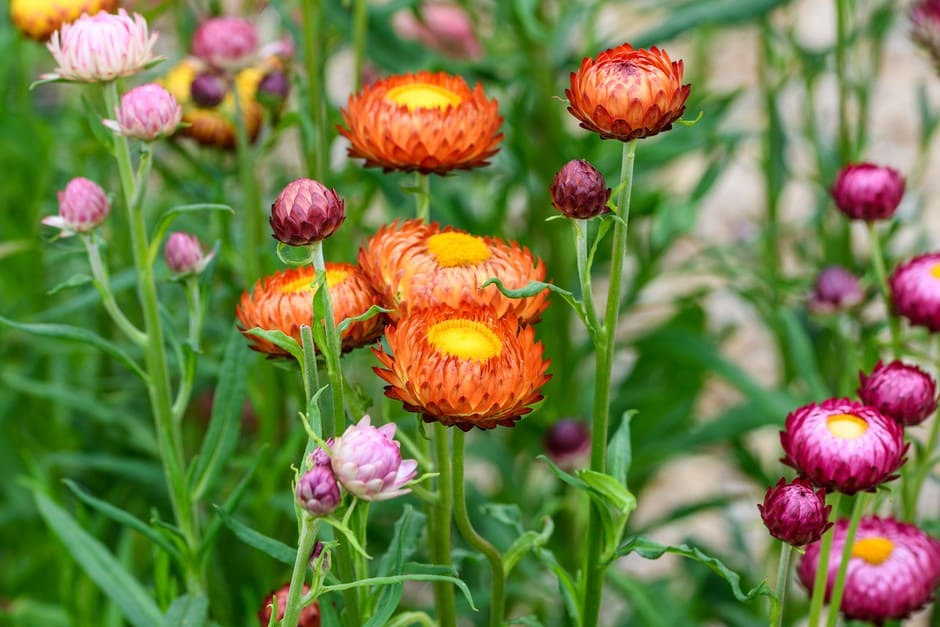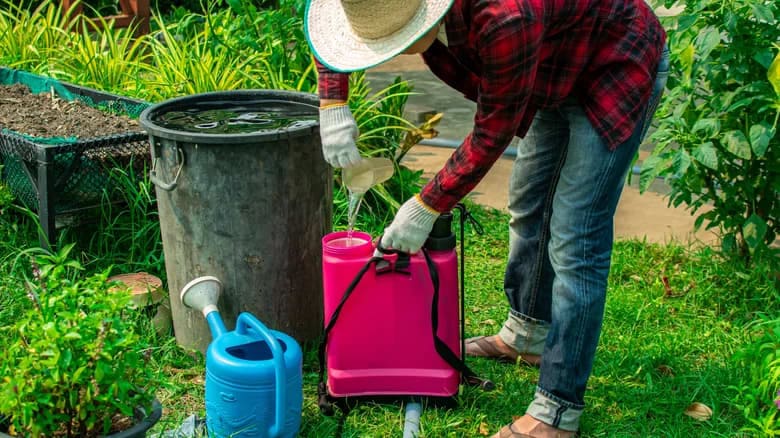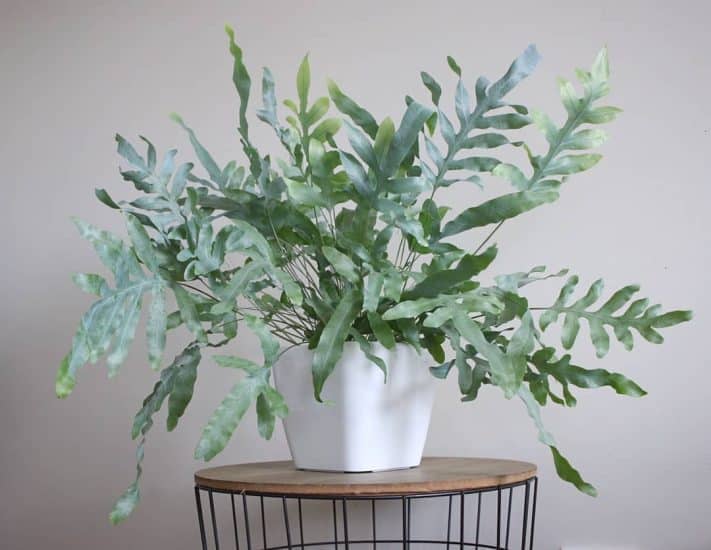The Charm of Strawflowers
Strawflowers, also known as everlasting flowers, are a delightful addition to any garden. With their papery petals and vibrant colors, they add a touch of whimsy to bouquets and arrangements. These hardy plants have been cherished for centuries for their long-lasting blooms and versatility in both fresh and dried arrangements.
History of Strawflowers
Strawflowers have a rich history dating back to ancient times. Native to Australia, they were first cultivated by indigenous tribes for their medicinal properties and as decorative elements in ceremonies. European explorers later introduced them to other parts of the world, where they gained popularity as ornamental plants.
Cultivation and Varieties
Strawflowers thrive in sunny locations with well-drained soil. They come in a variety of colors, including yellow, orange, pink, and purple, making them a favorite among gardeners and florists alike. Some popular varieties include ‘Bright Bikini,’ ‘Apricot Peach,’ and ‘Red Gem.’
How to Grow Strawflowers
To grow healthy strawflowers, ensure they receive at least six hours of sunlight per day and plant them in loose, sandy soil. Sow the seeds directly into the ground after the last frost, or start them indoors and transplant them once the weather warms up. Keep the soil evenly moist until the seeds germinate, then water sparingly to prevent root rot.
Harvesting and Preserving
Harvest strawflowers when the petals are fully open but still vibrant in color. Cut the stems in the morning when the flowers are hydrated, and remove any leaves below the water line to prevent bacterial growth. To preserve them, hang the flowers upside down in a warm, dry location for several weeks until they are completely dried.
Decorating with Strawflowers
Strawflowers add a charming touch to any floral arrangement. Use them to create stunning bouquets, wreaths, and centerpieces that will last for months. Their papery texture and bright hues make them perfect for both indoor and outdoor décor, adding a cheerful vibe to any space.
Common Pests and Diseases
While strawflowers are relatively low-maintenance, they can still fall victim to pests and diseases. Keep an eye out for aphids, spider mites, and powdery mildew, and treat them promptly to prevent spread. Avoid overwatering to reduce the risk of fungal infections, and consider using organic pest control methods to protect beneficial insects.
Strawflowers in Folklore
Their resilient nature and enduring beauty have made them a popular choice for weddings, fuerals, and other special occasions.
Strawflower Crafts
Get creative with strawflowers by incorporating them into DIY projects. From pressed flower art to handmade cards and potpourri sachets, the possibilities are endless. Gather a bouquet of fresh blooms and let your imagination run wild, turning simple materials into works of art that will be treasured for years to come.
Strawflowers in Gardening Trends
In recent years, strawflowers have experienced a resurgence in popularity among gardeners and floral enthusiasts. Their nostalgic charm and eco-friendly appeal make them a favorite choice for sustainable landscaping and organic gardening. Whether grown in pots, beds, or borders, they add a pop of color and personality to any garden.
Environmental Benefits
Beyond their aesthetic appeal, strawflowers offer several environmental benefits. As drought-tolerant plants, they require minimal water once established, making them ideal for xeriscaping and water-wise gardening. Additionally, their nectar-rich blooms attract pollinators like bees and butterflies, supporting biodiversity and ecosystem health.
Frequently Asked Questions
- How long do strawflowers bloom?
- Strawflowers typically bloom from late spring to early fall, depending on the climate and growing conditions. With proper care, they can continue blooming for several months.
- Can I grow strawflowers indoors?
- Yes, strawflowers can be grown indoors in containers or pots as long as they receive ample sunlight. Place them near a sunny window or under grow lights for best results.
- What colors do strawflowers come in?
- Strawflowers come in a wide range of colors, including yellow, orange, pink, red, purple, and white. Some varieties may feature bi-colored or multi-colored blooms.
- How do I prevent pests on my strawflowers?
- To prevent pests on your strawflowers, practice good garden hygiene by removing debris and weeds regularly. Consider using companion planting and natural predators to control pests organically.
- Are strawflowers toxic to pets?
- While strawflowers are non-toxic to humans, they may cause gastrointestinal upset if ingested by pets. Keep them out of reach of curious animals to prevent accidental consumption.
Conclusion
In conclusion, strawflowers are a delightful addition to any garden or floral arrangement. Their charming blooms, long-lasting nature, and eco-friendly attributes make them a favorite choice for both novice and experienced gardeners alike. Whether grown for their aesthetic appeal or symbolic significance, strawflowers are sure to bring joy and beauty to any space.





